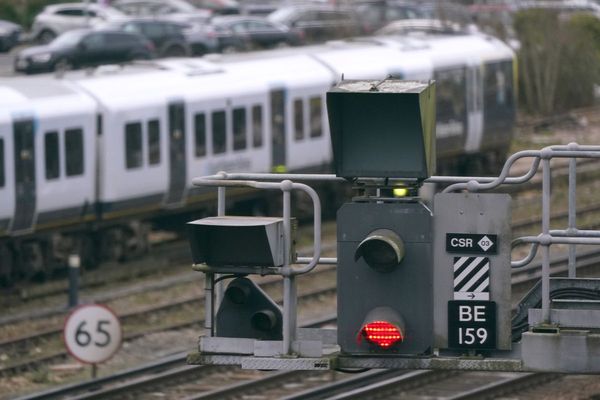
A common feature of rugby, referees are able to show a player a yellow card and send them to what is known as the ‘sin bin’.
The less severe of rugby’s two card based punishments, a player who receives a yellow card leaves the field for ten minutes of play, after which they are able to return.
During their time in the ‘bin’, their team cannot replace the individual who has received the temporary suspension.
Yellow cards have been around for nearly three decades, but were originally used to give players a warning.
Australia’s James Holbeck was the first player to receive a ten-minute binning during a Tri-Nations match against South Africa in 1997.
There is no set guideline on what may or may not be a technical offence worthy of a yellow card, through repeat offending, either by an individual or a team, and whether the action was cynical or not are often used by referees to gauge whether a yellow card is required.
For dangerous play, the criteria are clearer, with increased severity of an offence upping the sanction to a red card.
If a penalty try is awarded, a yellow card must be shown to the conceding team if the player who committed the offence can be identified.
For this year’s Rugby World Cup, the disciplinary process has been revamped.
Incidents of foul play that clearly meet the yellow card threshold are now placed on review by the on-field referee, who shows the player who committed the offence a yellow card.
The foul play review official (FRPO), based in a bunker in Paris during the tournament, then has eight minutes to decide whether the incident merits an upgrade to red.
If yes, the player is sent off and can take no further part in the game. If no, the player returns after serving their ten minutes off the pitch.
If a player is shown two yellow cards, regardless of what they were for, during the same game, they are automatically sent off.
An individual that receives three yellow cards during the course of a single season or tournament will appear in front of a disciplinary committee.







